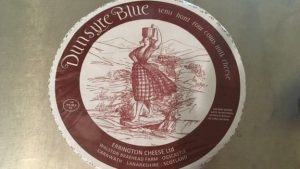A subtype of E. coli O157 found in cattle may be responsible for higher rates of severe human infection in Scotland, report suggests.
 E. coli O157 is a bacterium carried by cattle, which can cause life-threatening human infections when it enters the food chain. Scientists found that cattle in Scotland have a higher level of a subtype of E. coli O157 – PT21/28, which is known to cause more severe human infection.
E. coli O157 is a bacterium carried by cattle, which can cause life-threatening human infections when it enters the food chain. Scientists found that cattle in Scotland have a higher level of a subtype of E. coli O157 – PT21/28, which is known to cause more severe human infection.
It may be that local exposure to this particular subtype is a potential factor for the rates of people infected by E. coli O157 in Scotland being around three times higher than in England and Wales.
Researchers used Whole Genome Sequencing (WGS) to define which specific subtypes of E. coli caused an outbreak. For example, data obtained from WGS helped to understand whether a human infection is likely to have arisen from local farm animals or by a strain present in imported food or as a consequence of travel abroad.
The team have also combined WGS data with machine learning to predict which subtypes of E. coli O157 pose the greatest threat to human health.
The research also trialed a vaccine, developed to limit E. coli O157 excretion from and transmission between cattle. Results indicated that the vaccine may be effective in reducing human exposure and infection from E. coli O157.
However, before a vaccine can be made available, further work is needed to assess if it is practical and works in field situations. Modelling by collaborators at Glasgow University indicates the vaccine would be an effective public health intervention.
The research, undertaken by a consortium of scientists led by The Roslin Institute, University of Edinburgh, the Moredun Research Institute, Scotland’s Rural College, University of Glasgow, Public Health England, NHS Lothian & United States Department of Agriculture (USDA) shows that the overall prevalence of E. coli O157 in cattle is similar across Great Britain, and has remained relatively consistent in Scotland over the last decade.
Food Standards Scotland and the Food Standards Agency published the results of this four-year project in a new report.
The study was a successful collaboration bringing together scientists in multiple disciplines to understand how common E. coli O157 is across farms in Great Britain and then sequencing approaches are used to determine how these bacteria relate to the ones causing human infections.
Strains present in Scottish cattle are more likely to be associated with serious illness in humans, possibly explaining the higher incidence of E. coli O157 infections in Scotland compared to England & Wales.












